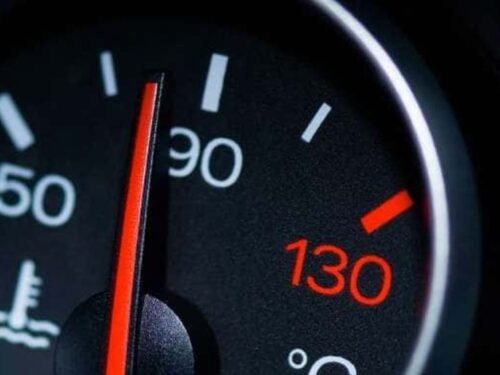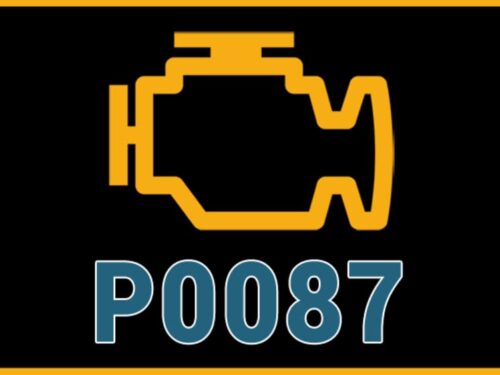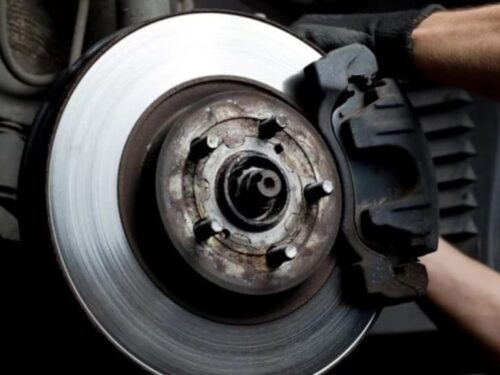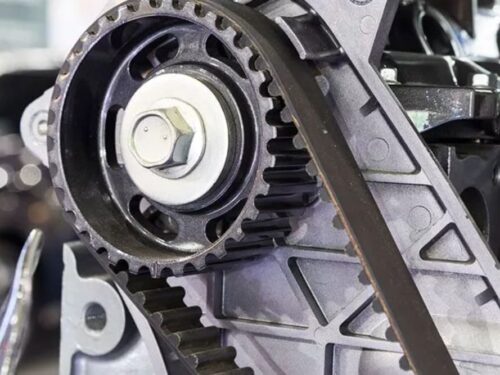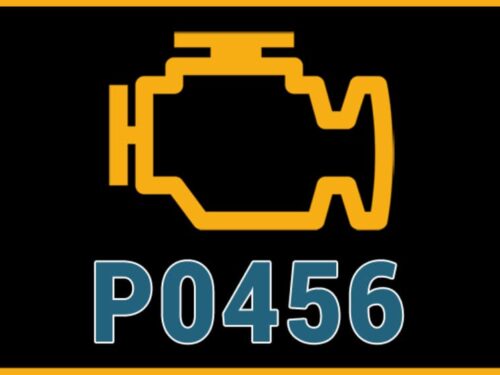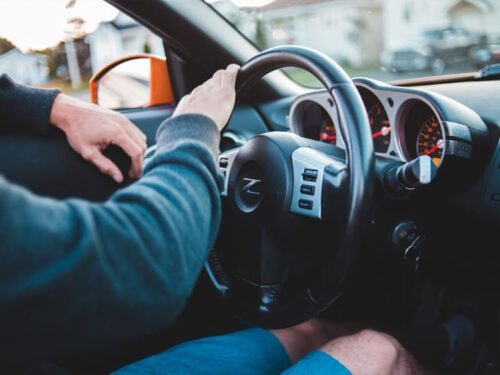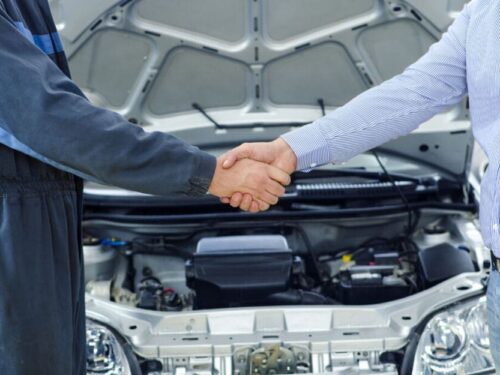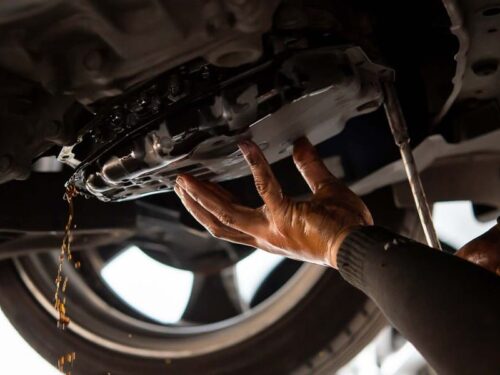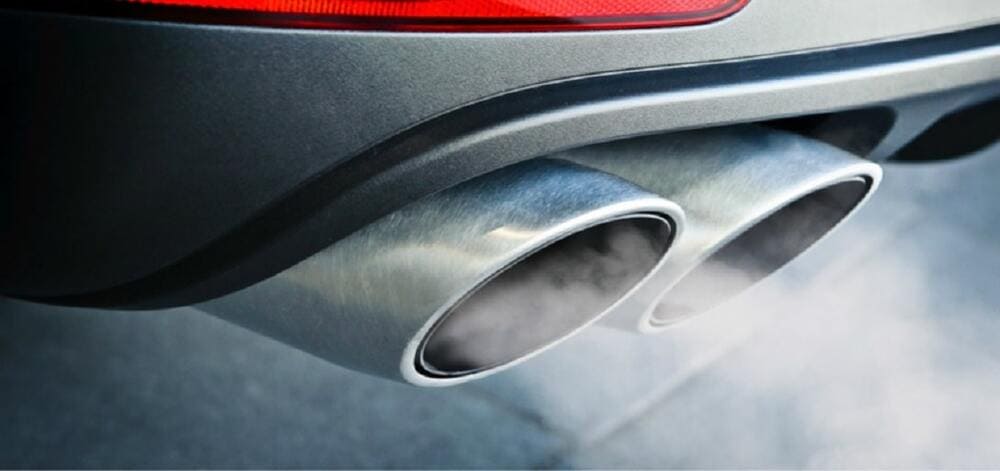
Within the US, 20% of all polluting emissions are produced by personal vehicles. However, the real extent of harm their emissions cause is far worse than their share may imply. Unlike other major polluting sources industries and power plants, which are typically located away from major population centers, most vehicles are located within them. As such, our risk of exposure to dangerous pollutants is highest from cars.
It is because of this risk as well as the overall damage that it brings to the environment is why emission standards exist. In most US states, older cars are required to pass an annual emission inspection to remain roadworthy. Lowering your car emissions also can translate to a higher fuel economy, allowing your car to travel miles before hitting the gas station.
In this article, we have compiled together a list of the 11 easy ways to lower your car emissions, some of the recommendations mentioned here will also additionally help give your car’s various components in good order translating to less frequent visits to the repair shop.
1. Check the Tires
Under-inflated tires are a common cause of low gas mileage and thus higher emissions. They carry more surface resistance and thus, are harder for the car to roll around. The engine has to work harder to maintain speed and thus, use up more fuel than usual.
Every one to two weeks, check on your car’s tires and ensure they are within the pressure level as recommended by your car’s manufacturer. Keeping tires properly inflated also extends their service life due to less risk of wear and tear while driving.
2. Have the Car Serviced Regularly
Serving your car regularly allows you to keep it performing in mint condition and burn as less fuel as possible. Regular servicing is essential for safety reasons as improper fuel levels, a faulty braking system, a component malfunction, or neglected tires some of the leading causes behind accidents happening.
3. Avoid Hauling Excess Weight
The science here is simple: more weight = more work the engine has to do to move your car. Hauling excess luggage in your car’s boot or over the roof rack can cause an increase in fuel consumption and thus higher emissions. Try to ensure that any excess weight you put on the car stays within your manufacturer’s recommended limit. Not only will you be lowering your driving emissions this way but also extending the service life of your engine by putting less strain on it.
4. Drive Smoothly
The more your car accelerates and decelerates, the more fuel it will burn, and the higher the emission count will be. Smooth, careful driving works up your engine less and this results in less emission being produced as you drive your car.
5. Turn Off the Unneeded Electronics
Modern-day cars are an exceptionally complex piece of engineering composed of thousands of mechanical and electronic components. However, a lot on the electronic side can be safely turned off when they are not needed without worry and this can help reduce your car’s fuel consumption.
6. Use the Correct Engine Oil
Always opt for high-quality engine oil that is recommended by your car’s manufacturer. Your engine oil helps lubricate and reduce friction in the various moving parts in the engine as well as help disperse heat evenly through it. Using the correct engine oil will help ensure your engine to run more smoothly as well as pack in more performance and efficiency.
7. Reduce Air Drag
Wind resistance, especially at high speeds, can have a tremendous impact on your car’s fuel consumption. While modern cars are designed to be as aerodynamic as possible, there are a few bits of things you can do yourself that can further help reduce air drag on your vehicle as well as enhance the looks of it in the process.
Below is a list of recommendations on how to make your car more aerodynamic. But, do make sure to consult with a trusted mechanic regarding the safety of such modifications on your particular car model before you decide to follow up with them.
- Lowering your vehicle’s ground clearance
- Removing the roof rack
- Installing spats (wheel arch covers)
- Adding side skirts
- Installing a rear spoiler of the right design.
- Installing a belly pan (underbody panel)
8. Consider Fuel Additives
If you have an older car, mixing a quality fuel additive in its gas tank can really help improve its performance as well as greatly reduce the emission of many polluting particulates such as nitrogen oxides. Many fuel additives also grant additional benefits such as preventing the fuel injectors from getting clogged up and slow the rate of fuel deterioration from temperature extremes.
9. Avoid Prolonged Idling
On average, for every hour your car engine is left to idle, roughly a full gallon of fuel is wasted or roughly 2.13 ounces per minute. Around 17.68 to 22.38 lbs. of CO2 is released for every gallon of fuel that is burned in your car. Thus, whenever possible, avoid leaving your car idling for a prolonged period of time. Furthermore, in the case of most modern cars, turning off your engine when not moving and then restarting it again tends to burn less fuel than idling for more than half a minute.
10. Periodically Replace the Air Filters
An old, clogged up air filter can lead to a reduced airflow to your car’s engine, potentially leading to higher fuel consumption and higher emissions. It can also cause your car’s spark plugs to become fouled or increase engine deposits, which, if left unaddressed, can lead to a whole host of other problems. Eliminate such headaches by opting to regularly have your old air filters replaced with new ones at the recommended intervals as indicated in your car’s maintenance schedule.
11. Close Your Windows
Often, it might be more efficient in terms of emissions to turn on your car’s cooling system rather than allow air to flow into the car from the outside with the windows open up. Opening up the windows can significantly increase air drag, which as mentioned earlier, can greatly add to increased fuel consumption and emissions.
Courtesy of paautoinspection


